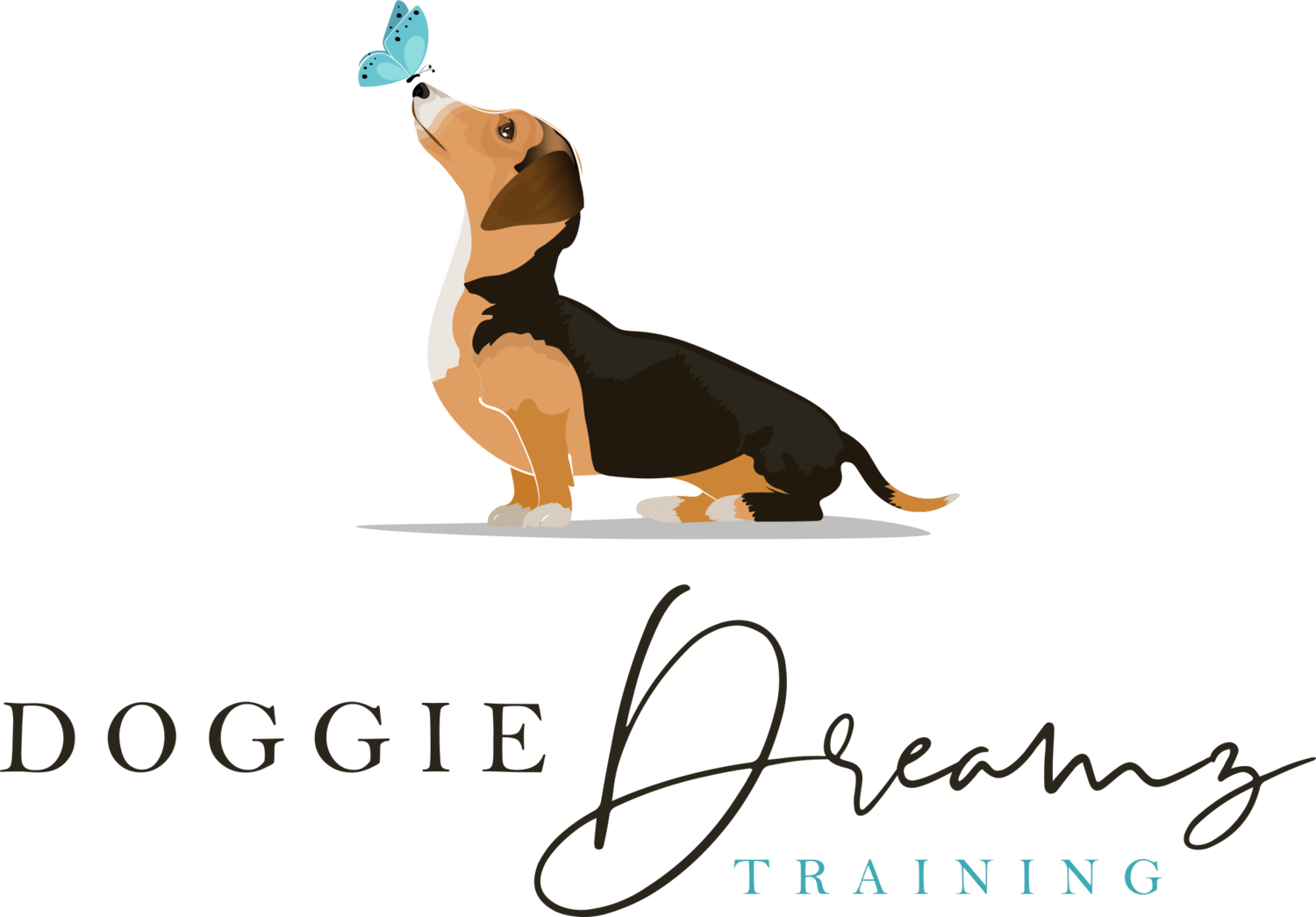Pack drive and why it’s important
In the dog training space, trainers often talk about a dog's pack drive. Many dog trainers believe that dogs with a low pack drive are more likely to have behavioral issues later in their life. However, this concept is not often understood by many dog parents. This is why I wanted to dive deeper into this subject to help better bridge the gap between behavioral theory and how it affects and benefits your everyday life.
Dogs are social animals that thrive on positive social interactions with both humans and dogs. Pack drive refers to a dog's desire to be with and function as a unit with other dogs and people. Like humans, dogs learn so much about the world through their social interactions. If your dog has limited social interactions this can affect their behavior towards new people and dogs. Behavioralists and dog trainers alike highly encourage activities and settings that help foster a natural pack drive in your dog.
Every dog has many different drives including pack drive. Dogs also have prey drive, fight drive, and flight drive. These different drives are embedded in your dogs' DNA and have helped them survive for thousands of years. A dog's pack drive is a strong social bond with its family, a desire to listen to and protect their family, the accusation of resources, and attention to their humans.
A dog with a healthy pack drive would behave like preferring to be with its human, are attentive to its humans and notice when they exit a room, and also prefer to sleep in the same room as its human. It is important to note, that noticing when their human leaves the room, is not the same as following their human from room to room. When a dog follows their human from room to room this is often an indicator of an insecure dog that may develop separation anxiety. Your dog should be able to notice when you enter or exit an area as well as be able to control the need to be next to you every minute of the day. Many dog behaviorists correlate a healthy pack drive with a dog that is confident, balanced, and focused. Dogs with low pack drive tend to not be concerned with being near their humans and are described as independent or even cat-like.
To foster your dogs' pack drive while at home you must first add structure into your daily routine. This can look like utilizing your dog's crate or limiting access to areas of your home, having a feeding and exercise schedule, and making sure that you enforce what you ask of your dog. By doing these things inside your home you are adding predictability as well as making yourself an essential part of their daily lives.
Outside of the home, there are 3 things you can do to help build a good pack drive in your dog.
Make sure they do not pull on the leash. If your dog is walking in front of you and dragging you with them, you are no longer relevant to your dog. They are more interested in the outside world than in you. Teaching your dog to walk next to you on a loose leash helps to make you more important on the walk and helps them develop a healthy pack drive.
Invest in some obedience training with your dog. Dogs with a healthy pack drive want to listen to their humans and enjoy earning their food, toys, etc. Taking the time to teach your dog the desired way you want them to behave. For example, if you want your dog to be calm and wait for their food, then you must train them to “Sit” and “Stay”. Another example would be if you want your dog to walk next to you on a leash and not pull you, then you will need to train them how to “Heel”.
Make plans with friends to do a neighborhood pack walk. If your dog has some friends in your neighborhood, use that as an opportunity to walk them together. If your dog is reactive towards other dogs, I would recommend speaking with a dog trainer or behavioralist. Your dog will need to learn how to be able to walk past or even look at other dogs without barking and lunging. Teaching your dog this skill will make both your dog's life and yours so much happier.
